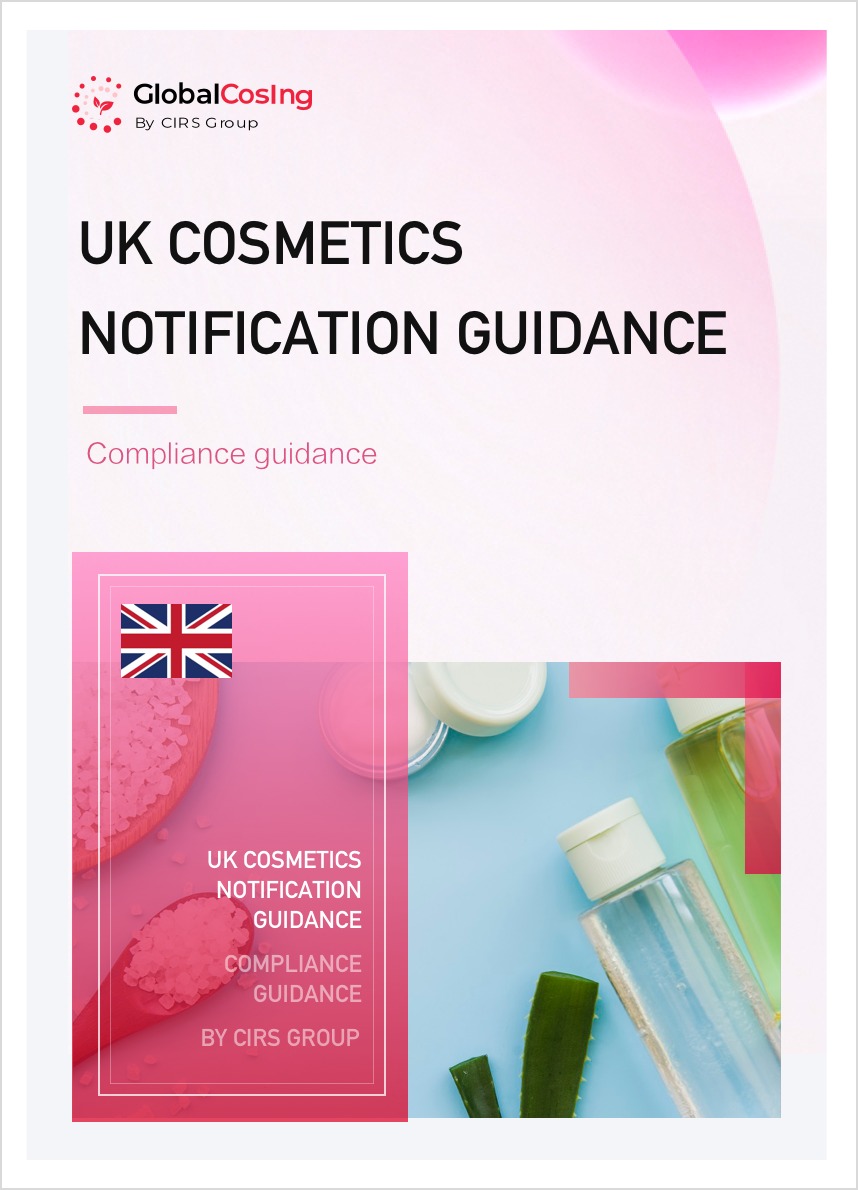7. Documentation Requirements for Cosmetics Notification
Cosmetic product notification in the UK must be submitted through the UK/EU Cosmetic Product Notification Portal (SCPN or CPNP), ensuring compliance with the Cosmetic Products Enforcement Regulations 2013 issued by the UK.
7.1 Submit Cosmetic Products Notification (SCPN) Notification
Great Britain (GB): Before placing a cosmetic product on the market, the UK-based Responsible Person (RP) must submit a simplified online notification through the UK Submit Cosmetic Products Notification (SCPN) system. If the product is also marketed in Northern Ireland (NI), a Responsible Person based in NI or the EU must be designated, and NI regulations must be followed.
Northern Ireland (NI): Before placing a cosmetic product on the market, the Responsible Person (based in NI or the EU) must submit a simplified online notification through the EU Cosmetic Product Notification Portal (CPNP).
The cosmetic product notification requirements in the UK and the EU are largely consistent. The essential notification documents include:
- Product category and product name
- Name and address of the Responsible Person (RP), where the Product Information File (PIF) must be stored and made available for inspection
- Country of origin for imported products
- Information on the Member State(s) where the product is placed on the market
- Contact details
- If the product contains nanomaterials, information on the substance and details on reasonably foreseeable exposure conditions must be provided
- Name and CAS number (or EC number) of substances classified as category 1A or 1B carcinogenic, mutagenic, or toxic for reproduction (CMR)
- General information on product formulation (to facilitate emergency and appropriate medical measures)
7.2 Product Information File (PIF)
A Product Information File (PIF) is an essential document required for the registration of cosmetic products in the UK. It is a compilation of all the necessary information and data regarding the safety, quality, and efficacy of a cosmetic product. The PIF must be kept available at all times by the Responsible Person (RP), up to ten years after market launch. The file should be updated regularly, as it is subject to inspection by the Authorities.
A PIF should include the following information:
- Product description
- Product composition
- Manufacturing method
- Stability testing
- Packaging information
- Safety assessment
- Claims
- Labeling
7.3 Cosmetic Product Safety Report (CPSR)
Cosmetic products are regulated by both the EU and the UK to ensure their safety for human use. A critical part of this process is the Cosmetic Product Safety Report (CPSR), which outlines the safety information for each cosmetic product. The CPSR is a comprehensive document that includes information on the formulation, manufacturing process, and safety assessment of each cosmetic product.
The CPSR should contain the following information:
- Product Information: The CPSR must contain a description of the cosmetic product, including its intended use, the name and address of the responsible person, and the product category.
- Formulation: The CPSR must contain a full and detailed list of ingredients in the product, including their concentration.
- Manufacturing Process: The CPSR must describe the manufacturing process of the product, including information on quality control, batch control, and stability testing.
- Safety Assessment: The CPSR must include a safety assessment of the cosmetic product. This assessment should take into account the potential risks associated with the product's ingredients and the manufacturing process. The safety assessment should also consider the likelihood and severity of adverse effects resulting from the product's use.
- Post-Marketing Surveillance: The CPSR must include information on post-marketing surveillance activities. This information should detail the measures taken to monitor the safety of the product after it has been placed on the market.

